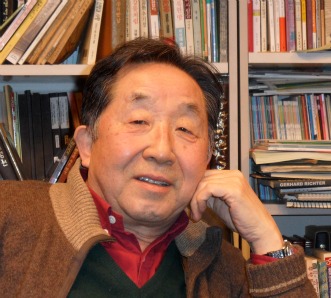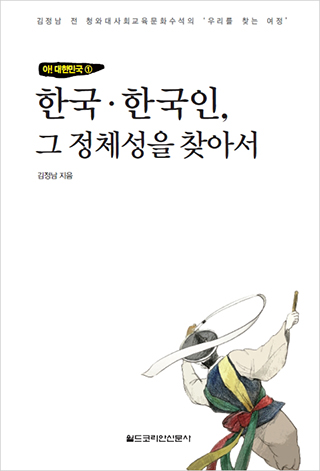By Jeongnam Kim
(Former Senior Presidential Secretary for Education·Culture·Society, World Korean News advisor)

The late Cardinal Kim Su-hwan once made a confession that it was not the St. Peters Cathedra but the Sukgulam, or the Grotto and, of them all the Supreme Buddha in the main Temple that made him get the first taste of the religious set of mind, or its exhilaration from the deep bottom of his heart. This Buddha apparently has a mysterious power kicking up the Buddhism inherent in ourselves.
This statute of the Bonjon Buddha, 3.4 meters high, 5 meters with its pedestal, is referred to as a Jeong-gak-Sang, or the image of a True Awakening, the most sublime one of all images. Jeong-gak Sang refers to the posture or expression of an individual at the very moment of becoming a Buddha upon the Awakening. It was known that there was only original one that embodied the Awakening moment which was enshrined in Buddha Gaya Great Temple in India, which was later burnt to ashes. There is a passage about this in "the Travelogue of Western T'ang Region," written by Monk Hyeon-jang.
According to this book, the sitting Jeong-gak Sang Buddha is 3.36-meter high, and the width of the two shoulders and two knees were 1.88m and 2.09m respectively, and the hands were pointing to the east. The Principle Buddha of Sukgulam is the very same image of this. The Jeong-gak Sang of the Great Awakening Temple was perfectly recreated in the Sukgulam Grotto.
It was known that the most ideal ratio of body, or Face, Chest, two Shoulders, and the two Knees since the time of Hellenism is 1: 2: 3: 4, and surprisingly that of the Bonjon Buddha of Sukgulam is a perfect match. The Jeon gak Sang has the most ideal body radio. This Buddha represents a harmony of divinity and humanity, presenting the most ideal humanity and the humanization of the divinity at the same time. It was not that the stone was carved and a Buddha image was created, but that it feels that the we found and invited to the world a Buddha sitting in the stone.
Yu Heung-jun said, "Those who saw it, they lost words, for they saw it; those who haven't seen it, they don't have any words, for they haven't seen it." Civilization Exchange Scholar Jeong Su-il said it all when he made a mention of that, "the Sukgulam is a product of masterpiece created by the meeting of the Eastern and Western Civilizations.
An exchange of Civilization is a process of attribute, but what is important here is that it is not an doctrinaire copycat but a creative copy. Sukgulam clearly shows, in its construction, a great creativeness of Silla's construction method together with the harmony of the exchange of the Eastern and Western civilization. Reflecting the ideology of the Silla people on concept of the "Round Skies and Square Earth," the anti-room was arranged squarely, whereas the ceiling was set in the shape of a round dome.
The Sukgulam Grotto was recorded as a treasure of the World Cultural Relics officially in 1996, and it is the No. 24th Supreme National Treasure. There were originally a total of 40 Buddha icons were sculptured but for the fact that two images in the Kam-sil were lost, only 38 of them remain at the present time.


